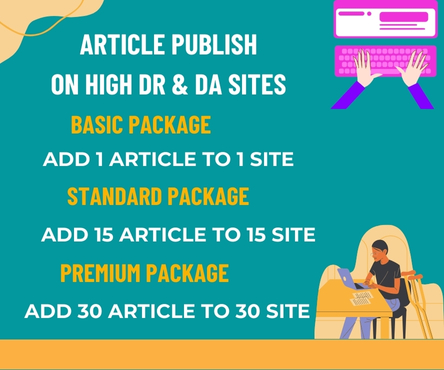Proper waste disposal is essential for maintaining safety in any environment—be it a construction site, renovation project, or even a large-scale commercial clean-up. One of the most effective and widely used methods for managing waste responsibly is through the use of skips. These large waste containers provide a centralized and efficient solution for collecting, storing, and disposing of various types of waste. However, the safe use of skips is just as crucial as their utility. Adhering to safety protocols and best practices can significantly reduce the risk of accidents and promote a cleaner, more secure environment. Meet here Skip Bins Brisbane
Understanding the Risks
Improper waste disposal can lead to numerous hazards. These range from minor injuries caused by sharp objects left exposed to severe accidents involving trip hazards, fire risks, or exposure to hazardous materials. In busy environments like construction sites, where heavy machinery and large teams are in operation, the risks multiply if waste isn’t handled correctly. Skips, when used improperly, can themselves become sources of danger. Overfilled skips can spill their contents onto walkways or roads, while poorly placed containers may obstruct vision or vehicle access.
Strategic Placement and Usage
One of the fundamental steps in using skips safely is correct placement. A skip should be positioned on a flat, stable surface, away from high-traffic areas and clearly marked to avoid accidental collisions. If the skip is placed on a public road, local regulations often require permits and the use of warning signs or lights to alert passersby, especially during nighttime.
Another critical aspect is ensuring that the right type of waste goes into the skip. Hazardous materials such as chemicals, asbestos, batteries, and flammable items typically require special disposal procedures and should not be thrown into standard skips. Mixing these with general waste can create fire hazards or environmental contamination.
Avoiding Overfilling
Overloading a skip is a common mistake that can lead to serious safety issues. Not only does it make transporting the skip difficult, but it also increases the likelihood of debris falling out and causing injury. Most skips are clearly marked with a fill line—this line should never be exceeded. It’s also good practice to load heavy items at the bottom and distribute the weight evenly to prevent tipping.
Protective Measures and Equipment
Those handling skip waste should always wear appropriate personal protective equipment (PPE), including gloves, high-visibility clothing, and steel-toed boots. This minimizes the risk of injury from sharp or heavy objects. Regular training on how to handle waste safely and how to recognize potentially dangerous materials is also a crucial preventive step.
Environmental and Community Impact
Proper skip usage not only protects workers and site visitors but also benefits the broader community and environment. Correct disposal helps reduce pollution, supports recycling efforts, and minimizes the strain on landfills. When waste is handled responsibly, it reflects a commitment to safety, sustainability, and civic responsibility.
Conclusion
Safety in waste disposal is non-negotiable. Using skips properly is a straightforward yet powerful way to mitigate risk and maintain order, whether on a construction site, during a home renovation, or in commercial operations. By focusing on correct placement, avoiding overfilling, separating hazardous materials, and using protective gear, accidents can be prevented and efficiency improved. In waste management, as in all things—safety must always come first.

